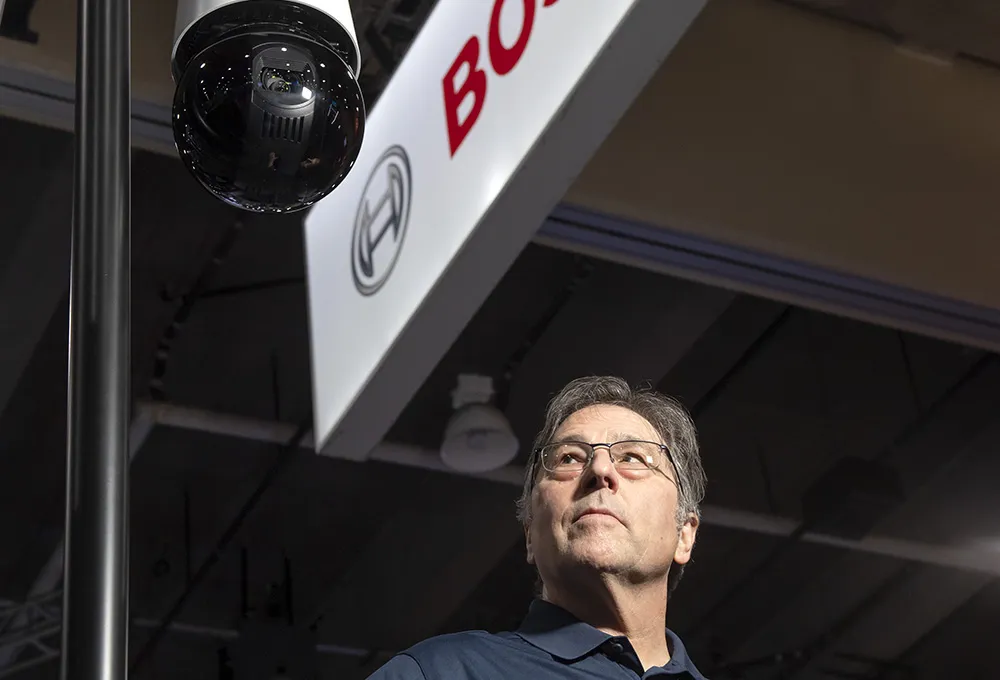Comprising products that detect vehicles and bicycles, Flex Suite adds technological improvements and introduces new options for agencies looking for accurate traffic detection and data solutions.
Sensys Networks’ experience in wireless solutions for intelligent transportation systems has been incorporated into longer life batteries, improved radio frequency (RF) chipsets and more intelligent circuitry in its FlexMag sensor. FlexMag also now includes a temperature sensor that can be used by dispatch operations for road temperature alerts.
Further updates to Flex Suite include the FlexControl module, a new form factor version of the controller gateway with a more powerful processor, and FlexConnect, a synchronous data link interface (SDLC) for TS2 controllers. These new low power modules save valuable space in controller cabinets because they do not require card rack slots, plus the FlexConnect replaces the need for EX cards.
Pole-mounted radio equipment has also been upgraded with new RF chipsets and more robust enclosures. A new bell housing design is better equipped to withstand adverse environmental conditions.
In addition, several of the new products enable additional traffic data analytics applications; FlexID leverages Bluetooth or wi-fi re-identification radios to provide travel time, origin/destination and other important metrics. FlexConnect collects signal phase data to generate high-resolution performance measures and optimise signal timing.
Sensys Networks enhances line of detection products
Sensys Networks, which provides integrated wireless traffic detection and data systems for smart cities, has announced an update to its detection equipment line-up. Comprising products that detect vehicles and bicycles, Flex Suite adds technological improvements and introduces new options for agencies looking for accurate traffic detection and data solutions.
August 30, 2016
Read time: 2 mins










